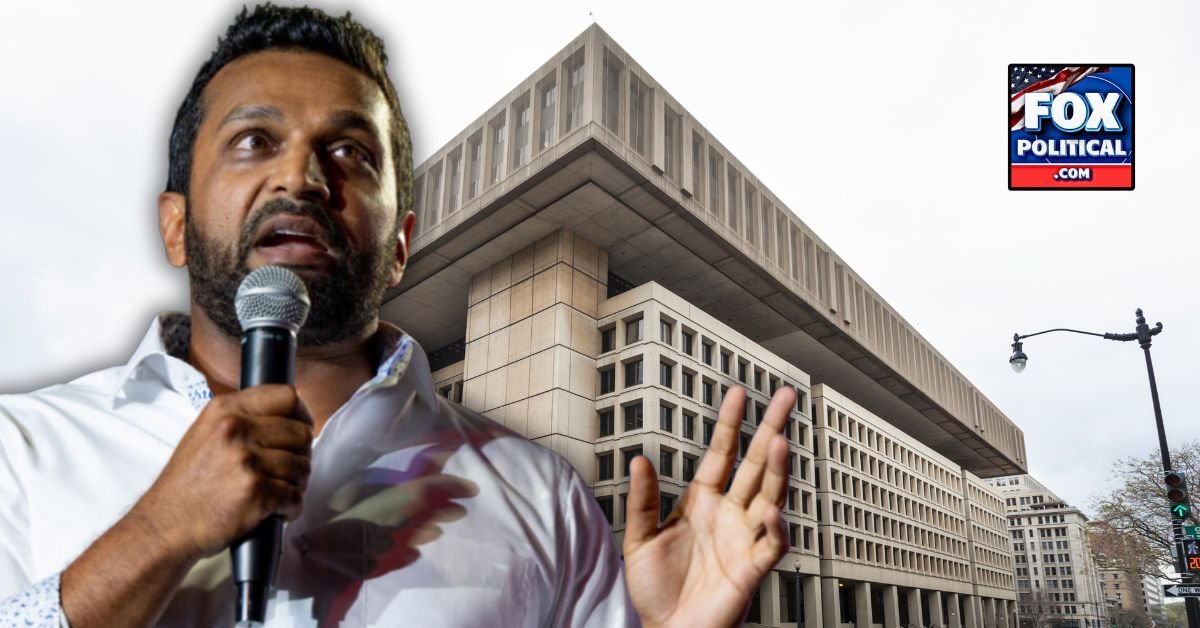After nearly 14 years of civil war, the Syrian government of Bashar al-Assad has fallen. This marks the end of over half a century of Baath Party rule. The regime collapsed on December 8, 2024, after opposition forces launched a quick attack west of Aleppo.
These forces moved fast towards Damascus, the capital. Images from the capital show people celebrating in Umayyad Square. They are stepping on portraits of the former president and toppling statues.
This moment is a turning point in the long conflict. It has devastated Syria, killing hundreds of thousands and displacing millions more.
Key Takeaways
- The Syrian civil war, which began with protests in 2011, has culminated in the collapse of the Assad regime after 14 years of conflict.
- Rebel forces, including the US-designated terrorist group Hayat Tahrir al-Sham (HTS), have successfully overthrown the government in Damascus.
- The fall of the Assad regime ends 61 years of Baath Party rule in Syria, opening a new chapter in the country’s tumultuous history.
- The humanitarian crisis caused by the civil war has been immense, with hundreds of thousands killed and half the population displaced.
- The US has conducted numerous airstrikes in Syria to combat the resurgence of ISIS, targeting both the terrorist group and organizations that support it.
Breaking News: Assad Regime Collapse in Damascus
The Syrian capital, Damascus, has fallen to rebel forces. This marks the end of over five decades of Baath Party rule. President Bashar al-Assad had to flee, ending his family’s 51-year brutal reign.
Lightning Offensive in the Capital
Rebel forces quickly attacked Damascus, taking control in less than two weeks. They declared victory in Aleppo, causing the Syrian military to retreat. This swift attack led to the collapse of the Assad regime, a major shift in the military conflict in Syria.
End of Five Decades of Baath Rule
The fall of Damascus ends over five decades of Baath Party rule in Syria. The Assad’s downfall shocked the regime, which had controlled power for over half a century. The rebel victory in the capital has sent shockwaves, changing Syria’s political landscape.
Current Situation in Damascus
Rebel forces now control Damascus under siege. Opposition fighters are celebrating in the streets. Fires are burning in government buildings, and people are searching through Assad’s private residence in the Malkeh district.
The collapse of the Assad regime has left Damascus in uncertainty. The country’s new leadership is starting to emerge.
Syrian Government Falls To Rebel Forces: Timeline of Events
The power shift in Syria has been a complex issue that has caught the world’s eye. The Syrian conflict started in 2011 with protests against the Assad regime. It has now reached a turning point, with the government falling to rebel forces.
Here’s a timeline of key events leading to this major shift in power:
- 2012: The rise of extremist groups like the Nusra Front, further destabilizing the country.
- 2013: Hezbollah’s intervention, providing support to the Assad government.
- 2015: Russia joins the war, bolstering the government’s position.
- 2017-2019: The defeat of the Islamic State (ISIS) in Syria, shifting the balance of power.
- 2023: A Hamas attack on Israel reduces Hezbollah’s presence in Syria, weakening Assad’s position.
- 2024: A new rebel assault on Aleppo leads to the rapid collapse of government forces, culminating in the fall of Damascus just eight days later.
The fall of the Assad regime ends over half a century of Baath Party rule in Syria. Rebel forces, including former al-Qaida commander Abu Mohammed al-Golani, have taken control of Damascus. This happened in a swift offensive.
| Event | Year | Impact |
|---|---|---|
| Rise of Nusra Front | 2012 | Further destabilized the country |
| Hezbollah’s Intervention | 2013 | Provided support to the Assad government |
| Russia Joins the War | 2015 | Bolstered the government’s position |
| Defeat of ISIS | 2017-2019 | Shifted the balance of power |
| Hamas Attack on Israel | 2023 | Reduced Hezbollah’s presence, weakening Assad |
| Rebel Assault on Aleppo | 2024 | Led to the collapse of government forces and the fall of Damascus |
The power transition in Syria has been a complex and rapidly evolving geopolitical crisis. It has significant implications for global news.
Key Figures and New Leadership Emerging
The rebel victory in Syria has brought a new era of leadership. Key figures and opposition coalitions are now vying for power. Abu Mohammed al-Golani, the head of Hayat Tahrir al-Sham (HTS), is a prominent leader. He has moved away from al-Qaida, embracing a more inclusive approach.
The opposition coalition structure is still changing. Various groups and factions are working together to form a cohesive leadership. But, the quick fall of the Assad regime has caused a power scramble. The international community is still unsure about recognizing the new government.
Abu Mohammed al-Golani’s Role
Al-Golani, a former al-Qaida commander, is now a key figure. His appearance at the Umayyad Mosque in Damascus shows his potential role in Syria’s future. He has focused on pluralism and religious tolerance, a big change from his past.
Opposition Coalition Structure
- The rebel forces that overthrew the Assad regime are diverse, ranging from hardline Islamist groups to more moderate factions.
- The opposition coalition structure is still changing, as various armed groups and civilian organizations work to establish a unified leadership.
- The lack of a clear, centralized command poses a challenge for the rebel forces, as they strive to maintain stability and govern the territories they have captured.
International Recognition Status
The international community has mixed feelings about the rebel victory. Some nations are cautiously optimistic, while others are concerned. The status of the new leadership’s international recognition is key to determining the stability and legitimacy of the post-Assad era.
| Key Figure | Role | Significance |
|---|---|---|
| Abu Mohammed al-Golani | Leader of Hayat Tahrir al-Sham (HTS) | Former al-Qaida commander, now embracing pluralism and religious tolerance |
| Opposition Coalition | Diverse group of armed factions and civilian organizations | Lack of a clear, centralized command poses a challenge for governing captured territories |
| International Community | Varied responses, from calls for orderly transition to uncertainty about long-term implications | International recognition of the new leadership is crucial for stability and legitimacy |
Humanitarian Impact and Public Response
The Syrian government’s fall to rebels has led to a severe humanitarian crisis. The war has killed hundreds of thousands and displaced half the population. Now, there’s a big worry about the safety of civilians and detained soldiers.
In Syria, people’s reactions vary. In Homs, some returned home in tears, feeling both joy and sadness. In other cities, there were celebrations with gunfire and opposition flags, showing a desire for change.
The humanitarian situation is still dire. The Kerem Shalom crossing is key for aid to Gaza. But with ongoing violence, getting aid to those who need it will be hard.
The fall of Assad has big effects on the region. The U.S. military in Syria will face new challenges. Diplomatic efforts to help different Syrian groups will be key for stability.
The world must keep helping Syria. We need to support the transition to a better future. This is crucial for the people of Syria.
Conclusion
The fall of the Assad regime in Syria is a major turning point in the long conflict. For over a decade, the country has been torn apart. Now, with the government’s collapse, different groups are fighting for power.
The world must now figure out who will lead Syria. This is a huge challenge, especially with the massive humanitarian crisis. The Syrian civil war has caused so much suffering.
With the Assad family’s rule ending, Syria’s future is unclear. There are worries about stability and how to rebuild. The effects of this change will be felt far beyond Syria’s borders.
As the situation calms down, the international community has a big role to play. They need to support the Syrian people and help the opposition work together. The goal is to bring peace and security back to Syria.
This is a critical moment for Syria’s future. The path ahead will be tough, but the fall of the Assad regime is a step towards a better future.
FAQ
What led to the collapse of the Assad regime in Syria?
Rebel forces in Syria have ousted President Bashar al-Assad from power. This ended more than half a century of Assad family rule. The collapse happened on December 8, 2024, just over a week after the first attack west of Aleppo.
The rebels then launched a quick attack in Damascus. This forced Assad to leave and ended five decades of Baath Party rule in the country.
How did the rebel forces capture Damascus?
The rebel forces quickly attacked the capital. This forced Assad to flee and led to the fast collapse of government control in Damascus. Islamist-led rebels then declared they controlled the city.
Images show rebels driving on the Damascus-Beirut highway and celebrating in the streets. Fires were seen in government buildings, including the Tishrin residential palace.
What is the current situation in Syria after the fall of the Assad regime?
The fall of the Assad regime has caused big celebrations in Syria’s major cities. But, the humanitarian situation is still very bad. Years of conflict have killed hundreds of thousands and displaced half the population.
The transition of power also raises questions. What will happen to detained government soldiers? And how safe are civilians amid these rapid changes?
Who are the key figures and new leadership emerging in Syria?
Abu Mohammed al-Golani, a former al-Qaida commander, now leads the largest rebel faction. He was seen speaking at the Umayyad Mosque in Damascus. This shows his potential role in shaping Syria’s future.
The structure of the opposition coalition and its international recognition status are still unclear. It’s early days yet.
What are the potential geopolitical consequences of the fall of the Assad regime?
The fall of the Assad regime is a big turning point in the Syrian conflict and Middle Eastern politics. The quick collapse of government forces has left a power vacuum. Now, various opposition groups are trying to fill it.
The international community faces the challenge of recognizing new leadership and addressing the humanitarian crisis. The future of Syria is uncertain. There are concerns about stability, reconciliation, and reconstruction in the post-Assad era.
Source Links
- Timeline: Assad’s fall followed years of bloodshed and division
- Biden offers a blueprint for US support in Syria | CNN Politics
- Photos: See the fall of Damascus after Syrian rebels topple Assad’s regime
- Photos: See the fall of Damascus after Syrian rebels topple Assad’s regime
- Photos: See the fall of Damascus after Syrian rebels topple Assad’s regime
- From eye doctor to dictator – the rise and fall of Assad’s presidency
- Syrian government falls to fast-moving rebels, ending 50 years of iron rule by the Assad family – LimaOhio.com
- Syrians rejoice as Assad flees, ending brutal reign
- Gaza health officials say latest Israeli airstrikes kill at least 14 including children
- Assad’s fall in Syria is a ‘fundamental act of justice,’ but also ‘a moment of risk,’ Biden says
- Ousted Syrian leader Assad flees to Moscow after fall of Damascus, Russian state media say






















